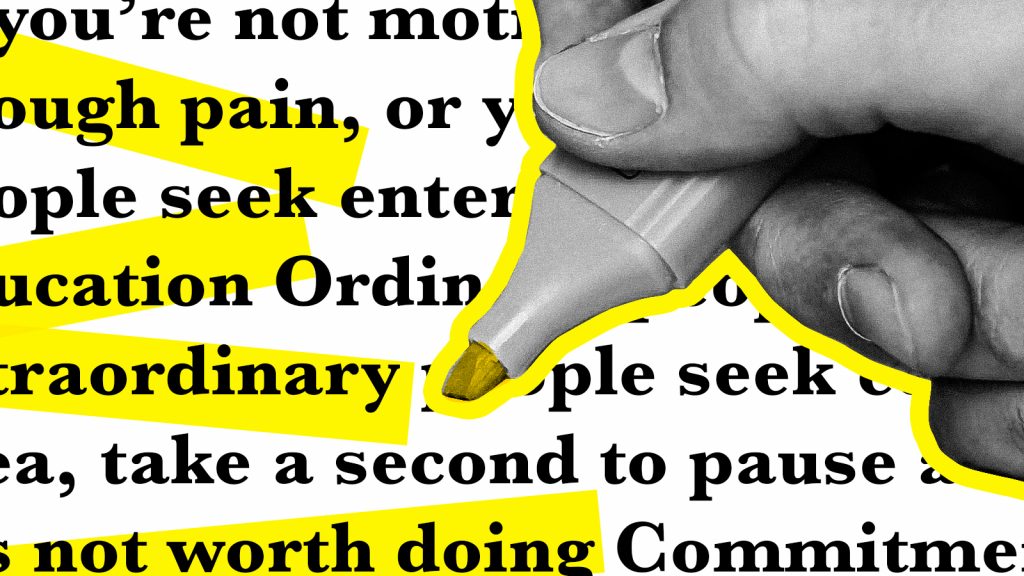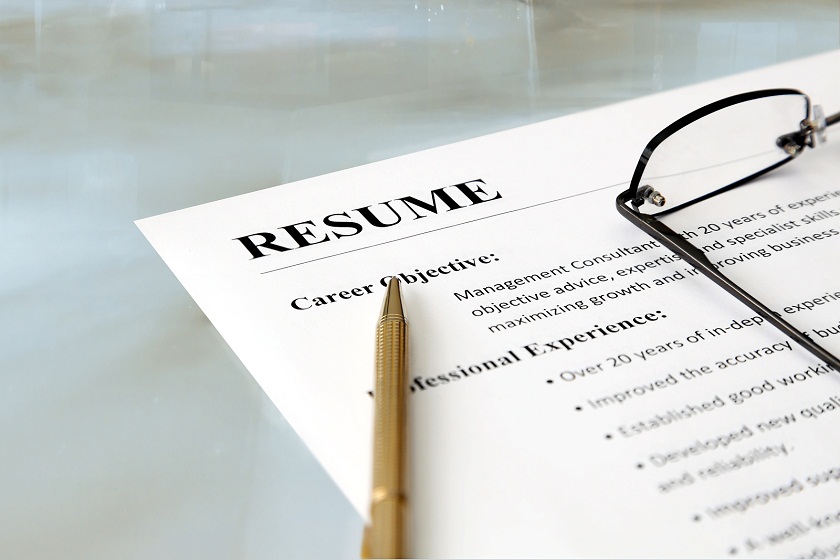In a competitive job market, your resume acts as a gateway to potential opportunities. It is your first chance to impress hiring managers and showcase your skills, experience, and suitability for the role. Crafting a compelling and professional resume requires more than just listing your qualifications. It involves a strategic approach to formatting, content creation, and personalization. Whether you’re just starting your career or seeking a new opportunity, understanding the key elements of an outstanding resume can elevate your application and significantly improve your chances of landing interviews. Follow these expert tips to create a resume that grabs attention and positions you as the top candidate.
Understand the Purpose of Your Resume
Your resume serves as a marketing document designed to communicate your value to prospective employers.

Showcase Your Unique Strengths
Hiring managers are looking for individuals who can solve their company’s problems or contribute to their goals. Use your resume to highlight what makes you stand out, such as specialized skills or unique achievements that align with the job description.
Keep It Job-Specific
Avoid submitting the same resume for every job application. Instead, customize it for each position to ensure your qualifications match the role’s specific requirements.
Plan the Structure of Your Resume
A well-organized resume is easier for employers to read and increases the likelihood of it being reviewed in detail.
Select a Simple Layout
Opt for a clean design with clear headings, bullet points, and consistent formatting. Use professional fonts like Arial or Times New Roman in a size that’s easy to read.
Include Essential Sections
Your resume should include the following parts:
- Contact Information
- Professional Summary
- Work Experience
- Skills
- Education
- Certifications and Achievements
Use Reverse Chronological Order
List your work experience and education starting with the most recent. This format highlights your current skills and roles, which are most relevant to the employer.
Craft an Attention-Grabbing Professional Summary
Your professional summary is a snapshot of your qualifications and career goals, appearing at the top of your resume.
Write a Powerful Introduction
Summarize your key accomplishments, years of experience, and expertise in two to three sentences. This section should make hiring managers want to learn more about you.
Tailor It to the Job
Incorporate keywords from the job posting to demonstrate that your background aligns with the employer’s needs.
Showcase Your Work Experience with Impact
Your professional history is the centerpiece of your resume, providing evidence of your abilities and accomplishments.
Focus on Results
Instead of merely listing job duties, highlight specific achievements. Use quantifiable metrics to show the impact you had in previous roles, such as “increased sales revenue by 30%” or “reduced project completion time by 15%.”
Incorporate Strong Action Verbs
Start each bullet point with dynamic verbs like “spearheaded,” “streamlined,” or “orchestrated” to convey your proactive contributions.
Align with the Job Role
Select experiences that are most relevant to the position you’re applying for. Tailoring your work history section ensures it resonates with the hiring manager.
Highlight Your Skills Effectively
The skills section offers a quick overview of your technical and interpersonal abilities, complementing your work experience.

Prioritize Relevant Skills
Include skills that directly relate to the job requirements, such as proficiency in software, industry-specific tools, or soft skills like leadership and problem-solving.
Keep It Concise
Organize your skills into categories, such as technical, communication, or management, to make the section easier to read.
Emphasize Education and Certifications
Academic qualifications and certifications can add credibility to your resume.
Detail Your Education
List your degree, major, university name, and graduation year. If you’re a recent graduate, you can also include academic achievements or relevant coursework.
Showcase Certifications
Highlight professional certifications that demonstrate your expertise, such as PMP, CPA, or technical courses in programming, marketing, or analytics.
Optimize for Applicant Tracking Systems (ATS)
Many employers use ATS software to screen resumes before they reach a recruiter.
Use Job-Specific Keywords
Analyze the job description and incorporate keywords related to the role, such as technical skills, job titles, or industry terms.
Avoid Graphics or Fancy Formatting
ATS software may not recognize images or non-standard formatting. Stick to a text-based design to ensure your resume passes the initial screening.
Pay Attention to Design and Presentation
A visually appealing resume can make a positive impression on employers.
Choose a Professional Template
Use a template with a clean layout that balances white space and text. Avoid overly creative designs that may distract from your content.
Maintain Consistent Formatting
Ensure uniformity in font size, margins, and heading styles throughout the document for a polished look.
Proofread for Accuracy
Mistakes on your resume can create a negative impression and harm your chances of getting an interview.
Check for Grammar and Spelling Errors
Review your document thoroughly to eliminate typos or grammatical mistakes. Tools like Grammarly can be helpful for catching errors.
Seek Feedback
Ask a trusted colleague, mentor, or career coach to review your resume and provide constructive feedback.
Complement Your Resume with a Strong Cover Letter
A well-written cover letter can enhance your application and provide additional context for your resume.
Personalize Each Letter
Address the hiring manager by name and tailor your content to the company and role. Explain why you’re interested in the position and how your skills match the job requirements.
Focus on Key Highlights
Use the cover letter to expand on your most relevant accomplishments, showcasing your enthusiasm and fit for the role.
Keep Your Resume Updated
Regularly revisiting your resume ensures you’re always ready for new opportunities.

Add Recent Achievements
Include new certifications, promotions, or accomplishments as they occur to reflect your growth and expertise.
Adapt for Each Application
Tailor your resume for every job you apply for, emphasizing the most relevant qualifications and experiences.
Conclusion
Creating a professional resume that attracts employers involves a combination of clear structure, tailored content, and attention to detail. By following these tips, you can craft a resume that stands out from the competition and highlights your unique value as a candidate. Take the time to refine each section, proofread thoroughly, and adapt your resume for each application. A strong resume, paired with a personalized cover letter, can open doors to exciting career opportunities and bring you closer to achieving your professional goals.

Leave a Reply